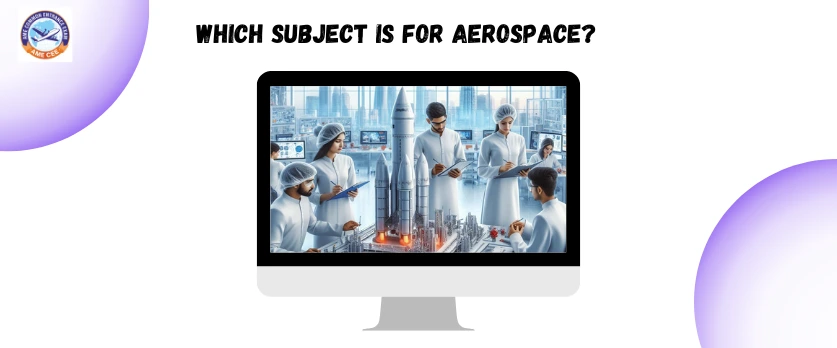Subjects in Aerospace
Studying aerospace engineering involves a mix of foundational and specialized subjects that cover a wide range of scientific, engineering, and technological principles. Here’s a detailed breakdown of the key subjects in aerospace, both at the undergraduate and advanced levels:
Mathematics
Calculus
Understanding rates of change and mathematical modeling, crucial for aerodynamics and orbital mechanics.
Linear Algebra
Applied in the analysis of structures, control systems, and three-dimensional space calculations.
Differential Equations
Used to describe dynamic systems, fluid flow, and structural behavior in aerospace applications.
Physics
Mechanics
Essential for understanding the motion of aircraft, spacecraft, and the principles of flight.
Thermodynamics
Applied to study propulsion systems and the behavior of gases within aircraft engines.
Electromagnetism
Relevant for avionics systems, electronic components, and satellite communication.
Aerospace Engineering Core Subjects
Aerodynamics
Examines the behavior of air around aircraft surfaces, vital for designing efficient wings and control surfaces.
Structures and Materials
Focuses on the design and analysis of aerospace structures, considering materials’ strength and durability.
Propulsion Systems
Explores the principles of aircraft and spacecraft propulsion, including jet engines, rockets, and alternative propulsion methods.
Flight Dynamics and Control
Studies the stability and control of aerospace vehicles during flight.
Avionics and Systems Integration
Avionics Systems
Covers navigation, communication, radar systems, and flight control systems integrated into aircraft and spacecraft.
Systems Engineering
Focuses on integrating complex systems, ensuring they work together seamlessly in aerospace applications.
Space Science and Exploration
Orbital Mechanics
Examines the science behind the motion of objects in space, crucial for satellite orbits and space missions.
Spacecraft Design
Involves understanding the unique challenges of designing vehicles for space exploration, including satellites, probes, and crewed spacecraft.
Research and Innovation
Advanced Aerospace Technologies
Explores emerging technologies, such as hypersonics, autonomous systems, and space exploration innovations.
Materials Science and Engineering
Investigates cutting-edge materials for lightweight structures, heat-resistant components, and space-grade materials.
Conclusion
Aerospace education involves a diverse set of subjects, blending mathematical precision, physical principles, and engineering expertise. From understanding the fundamentals of flight to delving into the complexities of space exploration, students in aerospace programs navigate a multifaceted journey that prepares them to contribute to the exciting field of aerospace engineering and science.
To become an aerospace engineer you may could join aerospace engineering through AME COMMON ENTRANCE EXAM (AME CEE) this examination you may join Aerospace Engineeringapproved by AICTE.


